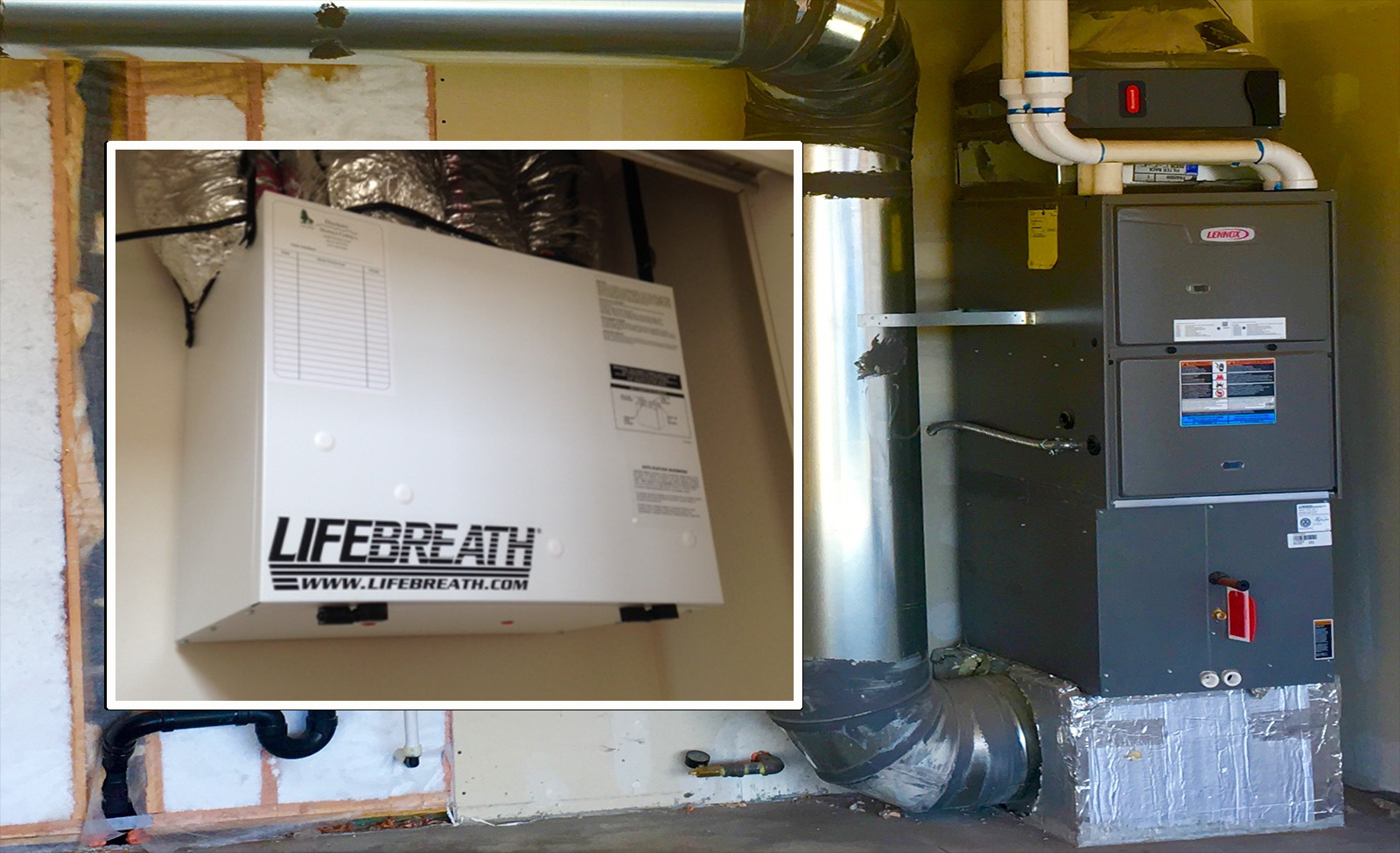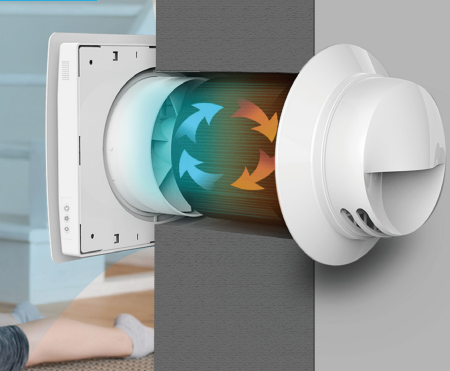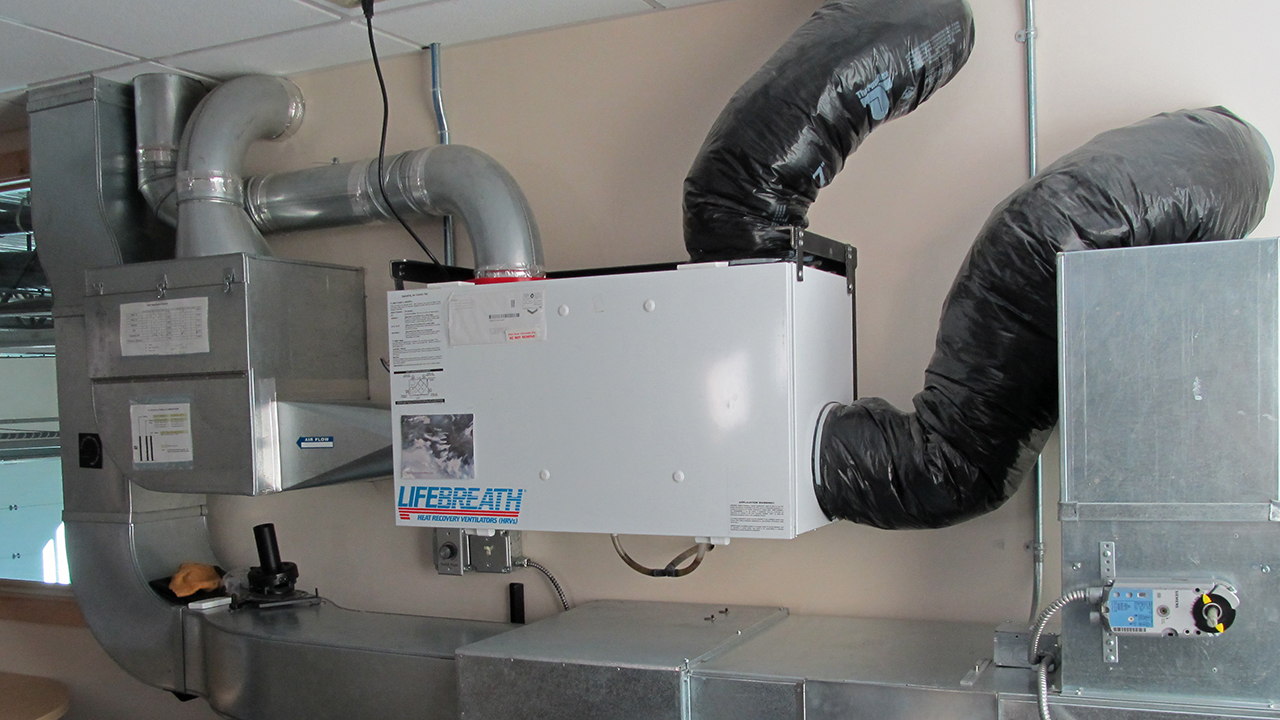Should You Buy HRV? An Honest Look
Discovering the Conveniences of Heat Recovery Ventilation for Energy Efficiency in Residences
Heat Recovery Ventilation (HRV) systems provide property owners a functional approach to enhancing energy performance. By redeeming warm from outward bound air, these systems can substantially decrease cooling and heating prices. In addition, they give a consistent supply of fresh air, boosting interior air top quality and comfort degrees. As house owners consider lasting alternatives, understanding the nuances of HRV systems becomes progressively vital. What factors should one review prior to making such a financial investment?
Understanding Heat Recovery Ventilation Equipments

Exactly How HRV Improves Indoor Air High Quality

Power Savings: The Monetary Benefits of HRV
Optimizing energy efficiency, heat recovery ventilation (HRV) systems use significant financial advantages for property owners. By recovering and reusing warmth from exhaust air, HRVs markedly decrease home heating and cooling costs. This technology can lead to energy cost savings of approximately 30%, depending upon environment and usage patterns. Property owners commonly see lowered energy expenses quickly after installment, making HRVs an economically wise investment over time. Furthermore, numerous regions give rewards or discounts for energy-efficient upgrades, even more enhancing the monetary charm. As power costs remain to rise, the cost-effectiveness of HRVs ends up being significantly clear. Generally, the incorporation of HRV systems not just advertises power performance however likewise contributes to long-lasting monetary savings for families.
The Ecological Impact of Heat Recovery Ventilation
A considerable environmental benefit of heat recovery ventilation (HRV) systems hinges on their ability to lower overall power usage. By redeeming heat from exhaust air and transferring it to incoming fresh air, HRV systems reduce the demand for energy-intensive home heating and cooling approaches. This reduction in power demand contributes to lower greenhouse gas discharges, as i thought about this less nonrenewable fuel source is needed to keep comfy indoor temperatures. Additionally, HRV systems improve interior air top quality by successfully trading stagnant air with fresh exterior air, lowering dependence on mechanical air conditioning systems that can harm the environment. On the whole, the execution of HRV systems supports lasting living methods and aligns with global efforts to fight climate modification by advertising power performance in household settings.
Choosing the Right HRV System for Your Home
How can homeowners ensure they select the appropriate heat recovery ventilation (HRV) system for their requirements? They must analyze their home's size and format, as these elements influence airflow requirements. Next, examining the system's efficiency scores is important, as higher ratings suggest far better efficiency and energy financial savings. Property owners need to likewise consider installment and upkeep costs, comparing various brand names and versions for value. Additionally, it is very important to review sound levels, as some systems run even more silently than others. Consulting with cooling and heating experts can provide tailored referrals based on specific home conditions. Ultimately, checking out individual evaluations and service warranties can assist in making a notified decision, ensuring that the picked HRV system properly improves indoor air top quality and energy effectiveness.
Frequently Asked Questions

Just how Often Should I Tidy or Preserve My HRV System?
The regularity of cleaning or maintaining a warmth recovery ventilation (HRV) system normally relies on use and ecological aspects. Normally, it is a good idea to perform maintenance every 6 months to guarantee peak performance and air top quality.

Can HRV Solutions Help In Reducing Humidity Levels Inside Your Home?
HRV systems can successfully lower indoor moisture degrees by trading stale, damp air with Full Article fresh, drier air from outdoors. HRV Heat Recovery Ventilation. This procedure helps preserve a balanced indoor atmosphere, improving comfort and avoiding moisture-related issues
What Is the Life-span of a Common HRV System?
The life expectancy of a common heat recovery ventilation (HRV) system differs, typically lasting in between 10 to 15 years. Routine maintenance can extend its performance and operational life, making sure peak efficiency throughout its usage duration.
Exist Any Type Of Noise Worry About HRV Solutions?
Noise issues with HRV systems can occur, specifically from fan procedure. Nonetheless, many contemporary systems are developed to reduce sound degrees, ensuring they operate silently while keeping effectiveness, which addresses prospective disturbances in living atmospheres.
Can I Mount an HRV System Myself, or Do I Need a Professional?
The individual contemplated whether to install the heat recovery ventilation (HRV) system directly or hire an expert. Usually, while go to this site DIY installment is feasible, know-how guarantees appropriate functionality and compliance with local building codes, enhancing system efficiency.